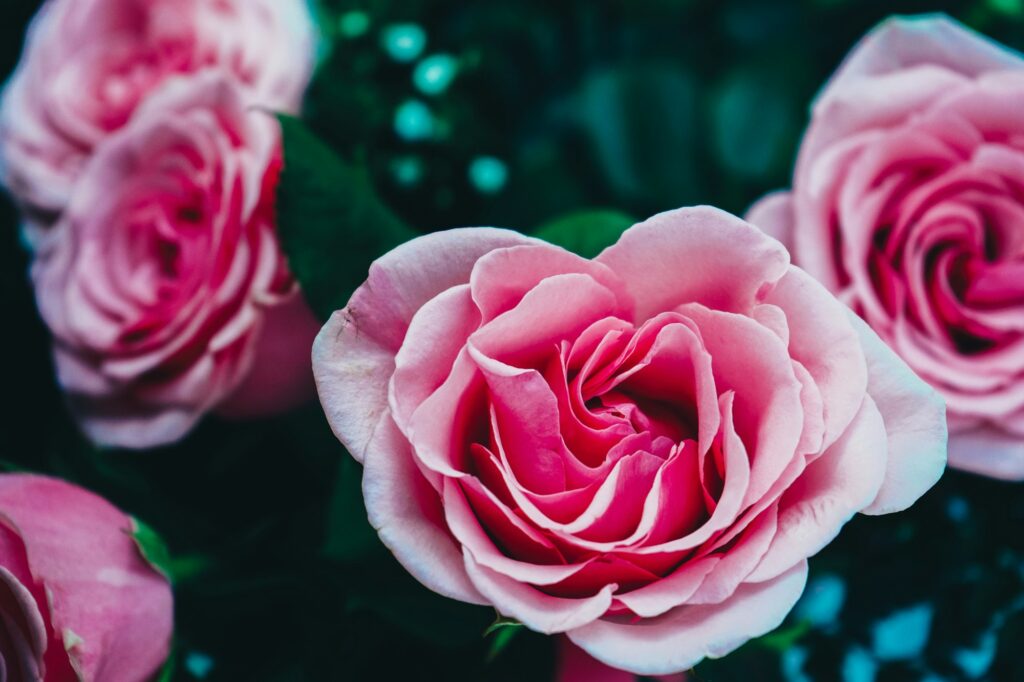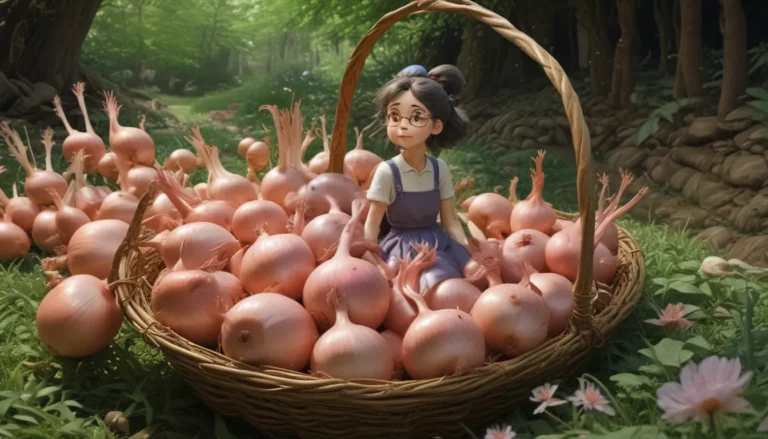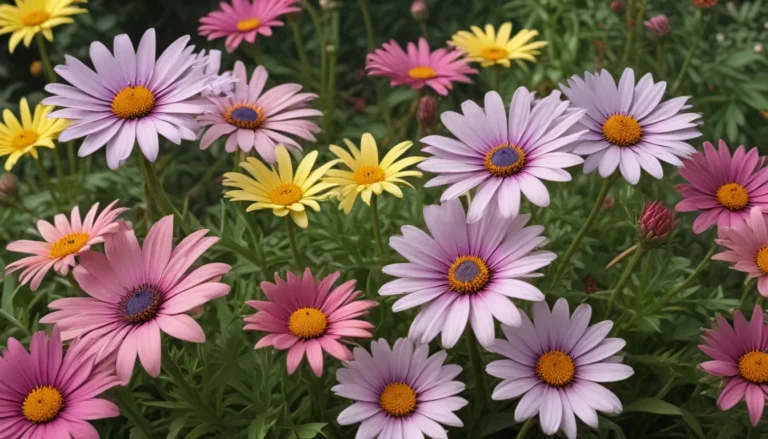Guide to the Best Pink Roses for Your Garden

Pink roses are a classic choice for adding romance, elegance, and charm to any garden. With their soft hues ranging from pale blush to vibrant fuchsia, pink roses offer versatility and beauty that can enhance various landscape designs. This guide will help you choose the perfect pink roses for your garden, considering factors like hardiness, fragrance, and care requirements.
Why Choose Pink Roses?
Pink roses are popular for their versatility, symbolism, visual appeal, and variety. They complement a wide range of other flowers and foliage, often represent grace and admiration, and create a soothing atmosphere in any garden. With numerous shades and growth habits available, pink roses are suitable for different garden styles.

Factors to Consider When Choosing Pink Roses
When selecting pink roses for your garden, consider the climate and hardiness of your area, the size and growth habit you prefer, bloom time and frequency, fragrance, disease resistance, and maintenance requirements. These factors will help you choose roses that will thrive in your specific garden conditions and meet your aesthetic preferences.
Top Pink Rose Varieties for Your Garden
Here are some of the best pink rose varieties, categorized by their growth habits:
Shrub Roses
- ‘Knock Out’ Pink Rose: Bright pink, 3-4 feet tall, extremely disease-resistant with a long blooming season.
- ‘Bonica’: Soft pink, 3-5 feet tall, featuring clusters of small blooms and repeat flowering.
- ‘The Fairy’: Light pink, 2-3 feet tall, compact size ideal for borders.
Climbing Roses
- ‘New Dawn’: Pale pink, up to 20 feet tall, fragrant and disease-resistant with repeat blooming.
- ‘Cecile Brunner’: Soft pink, 10-20 feet tall, small fragrant blooms with vigorous growth.
- ‘Zephirine Drouhin’: Bright pink, 10-12 feet tall, thornless and shade-tolerant with a lovely fragrance.
Hybrid Tea Roses
- ‘Queen Elizabeth’: Clear pink, 4-6 feet tall, classic form with long stems ideal for cutting.
- ‘Bride’s Dream’: Soft pink, 3-5 feet tall, highly fragrant with elegant blooms.
- ‘Belinda’s Dream’: Medium pink, 4-6 feet tall, disease-resistant and fragrant with repeat blooming.
English Roses
- ‘Mary Rose’: Deep pink, 4-5 feet tall, old-fashioned look with strong fragrance.
- ‘Gertrude Jekyll’: Bright pink, 5-6 feet tall, strong rose fragrance and repeat bloomer.
- ‘The Alnwick Rose’: Rich pink, 4 feet tall, fruity fragrance and disease-resistant.
Caring for Your Pink Roses
To ensure your pink roses thrive, provide them with at least 6 hours of direct sunlight daily and plant them in well-draining, fertile soil enriched with organic matter. Water deeply but infrequently, about 1-2 inches per week. Feed roses with a balanced fertilizer in early spring and mid-summer.
Prune your roses in late winter or early spring before new growth begins. Apply a 2-3 inch layer of mulch around the base to retain moisture and suppress weeds. In colder climates, provide winter protection by mounding soil or mulch around the base.
Common Problems and Solutions
Even with proper care, roses can face certain issues. For black spot, remove affected leaves and improve air circulation. To combat powdery mildew, use fungicides and avoid overhead watering. For aphids, spray with a strong stream of water or use insecticidal soap. To control Japanese beetles, hand-pick them or use beetle traps.
Companion Plants for Pink Roses
Enhance your rose garden with complementary plants such as lavender, which provides contrast and repels pests; catmint, with soft purple blooms that complement pink roses; salvia, which adds vertical interest and attracts pollinators; lamb’s ear, offering silvery foliage for textural contrast; and peonies, which bloom earlier than roses, extending the flowering season.
Conclusion
Pink roses offer a wonderful way to add beauty, fragrance, and romance to your garden. By choosing the right varieties for your climate and garden style, and providing proper care, you can enjoy stunning pink blooms throughout the growing season. Whether you prefer climbing roses to adorn a trellis, shrub roses for a colorful hedge, or hybrid teas for cutting gardens, there’s a pink rose variety perfect for your needs. Happy gardening!





